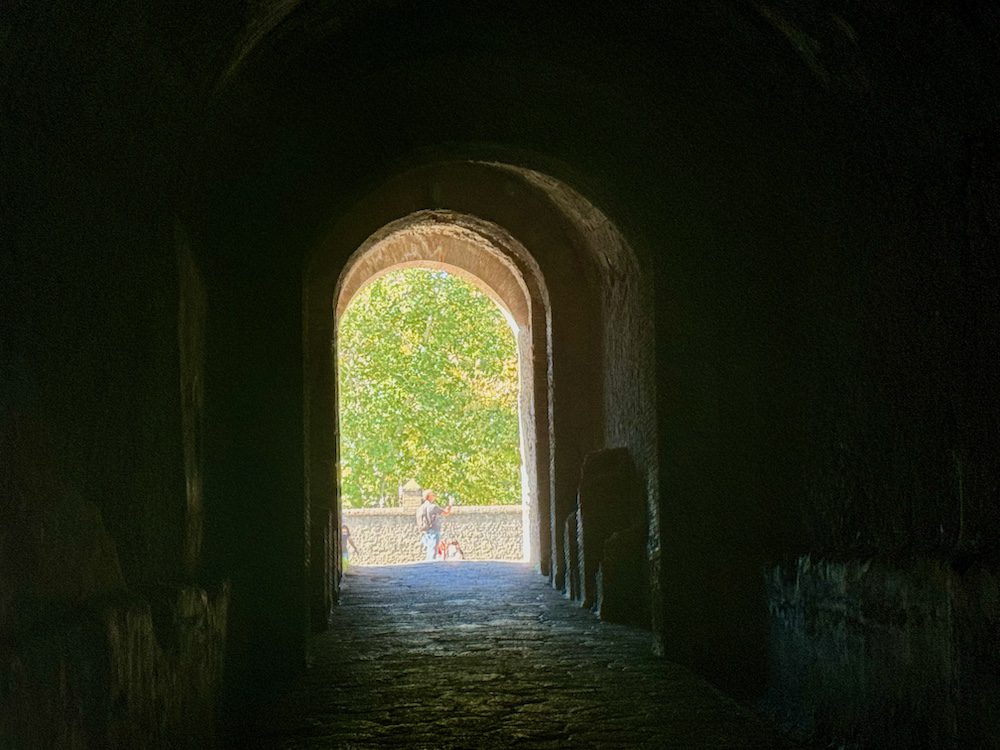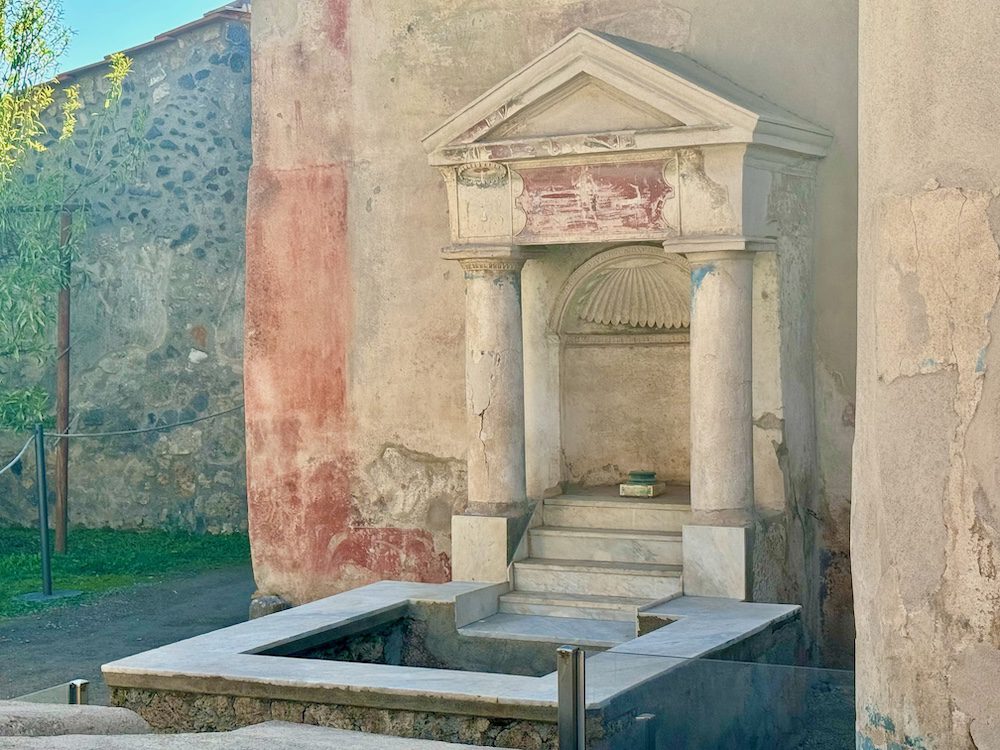Amalfi Coast & Roman Ruins
Sorrento
Sorrento is both a cultural haven and a gateway to the Amalfi Coast, Pompeii, and the islands beyond. Clinging to the coastal cliffs above the Bay of Naples, the views of Mount Vesuvius and the island of Capri are breathtaking. Whether you’re drawn by its mythology, the world-famous limoncello or Mediterranean sunsets, Sorrento offers timeless beauty in every corner.

Pompeii
Pompeii stands as one of the world’s most compelling archaeological sites, drawing visitors to a lost, yet remarkably intact civilisation. Nestled in the shadow of Mount Vesuvius, it was once a a thriving Roman city until its sudden burial by volcanic ash in 79 CE. Preserved beneath layers of pumice and debris, it offers an extraordinary glimpse into ancient life complete with frescoed villas, bustling marketplaces, and casts of its final inhabitants. Below you will find a glimpse of what Pompeii has to offer.
The structures
Forum of Pompeii
Remnants of the eruption
A view from the streets
Inside the homes

Herculaneum
Located at the foot of Mount Vesuvius, Herculaneum was a Roman seaside town tragically buried by the volcano’s eruption in 79 CE. Unlike Pompeii, it was engulfed by pyroclastic flows that carbonised and preserved organic materials—wooden furniture, food, and even papyrus scrolls. Today, its intact villas, frescoes, and human remains offer an unparalleled glimpse into daily Roman life. Smaller and quieter than Pompeii, Herculaneum is a time capsule of luxury, culture, and resilience.
The entrance
Walking the streets
Inside the structures

Naples Archaeological Museum
Located in the heart of Naples, the National Archaeological Museum (MANN) is one of the world’s premier collections of Greco-Roman antiquities. It houses artefacts from Pompeii, Herculaneum, and Stabiae, including mosaics, frescoes, sculptures, and everyday objects preserved by the eruption of Mount Vesuvius. Highlights include the Farnese Collection, the Alexander Mosaic, and the intriguing Secret Cabinet of ancient erotic art.













































































































